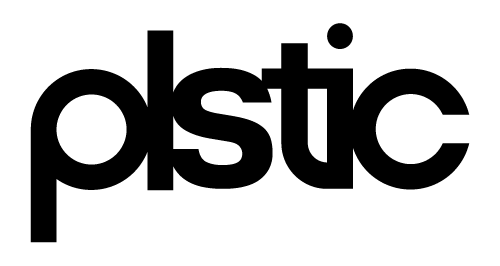Design for Purpose
How this all started.
So, I’m a designer and I’ve been doing it wrong for a long time.
Last year I fundamentally changed my approach to what I designed in my off-time - or my 5-9. For many years I would embark on passion projects because I found them to be interesting ideas or problems to solve. They were generally expressing points of view, growing my craft, or to explore a problem. I would classify these as “Design-for-Design” projects. They had no purpose but as “art".
Time is very precious, and I have only so much of it left. I realized I can’t continue down this path of designing just because I can. Instead, I am now hyper-focused on “Design-for-Purpose”. This now means that anything I devote my time to must have some ROI. It can still be exploratory and speculative, but my long-term goal with each project is that it must generate some return on the time I invest in it. This helps me clarify which problems or ideas I wish to dedicate my time to. It also makes me a better designer, because I’m grounding the work against the real world.
I started plstic to be a studio for one client - me. Not a consultancy, but a place where I am both the customer and service provider. Everything I design has the goal of creating lasting value either by licensing IP, finding partners to take the designs to market, or in some cases launching a project myself.
Most people tell me to focus on one thing, and I smile. I know where my sweet spot is, and what I enjoy doing. It’s to be prolific.
In the portfolio are some interesting projects with codenames like SQ, DUO, FRAME, LUME, and THINKABLE. All in various states of value creation (I use the Near Future - Innovation Design Stack as a framework). I enjoy these projects, and am not influenced by the market, as most of the projects are near-future, or late enough to be seen as settlers. The process is often slow, with extreme periods of deep work. I enjoy this pace, it lets me breathe.
I think all designers should build a studio-for-self. It will change your game. I’ve learned to be prolific, design at scales, and enjoy every moment of it. Designers have this uncanny ability to shape the world, through belief. And our beliefs are generally for the good of all humankind. So to you designers, I say - “Design for Purpose”.
My Manifest of Designing for Purpose.
Design Prolifically
Design at Scales
Design across Time Horizons
Design for Value
Design Slowly, Think Deeply
Design Intuitively
Design with your Hands
Design in Parallel
Design for Impact
Design for Humanity
Sanjiv Sirpal - 2021

